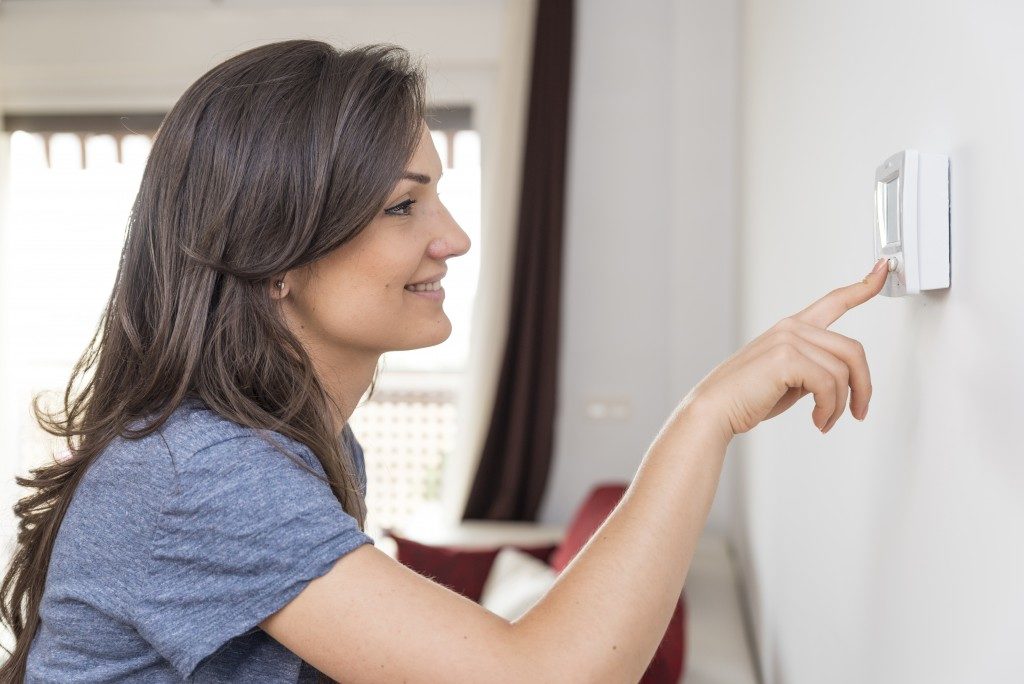Temperature controls in a home or an industrial setting have a high impact on energy costs. Better temperature controls for heating and cooling systems mean that owners will enjoy lower energy bills. Older buildings or homes may no longer have efficient heating systems because they’re already outdated or damaged. Poorly maintained heating or cooling systems might also need a high-limit temperature controller in order to function properly.
There are many ways to address issues with temperature control systems. They can be upgraded or replaced with much newer equipment. The latter is a more cost-efficient option. Replacing a faulty temperature system now will save you from paying very high energy bills every month.
Different Types of Temperature Controllers
There are three basic types of controllers used in industrial settings: the on/off temperature, proportional, and proportional integral derivative (PID) controller. Depending on the needs of the setup where the temperature needs to be kept in check, the operator can use any of these three.
On/Off Controller
This temperature controller is the simplest type. It has no middle setting, so it either turns the entire system on or off when it reaches a set point. The temperature will cross the set point every time there is a fall or rise, so the cycle of going on and off will be continuous.
If the cycle is going on more quickly than necessary, hysteresis or a differential will be added to the controller operations to avoid damaging the valves and contractors. This differential will also prevent the “chattering” or continual switches if the cycle of falling and rising temperature goes very fast. This type of controller is utilized in setups where precise control is not needed or when a system cannot handle having the energy turned on or off frequently.
Proportional Controller

This type of controller eliminates the cycle that comes with the on/off control. Proportional controllers lessen the average energy supplied to the heater as the temperature nears the set point. This will not overshoot the set point but remains at a stable temperature once the threshold is reached. The proportioning action happens as the output is turned on and off for short intervals. Time proportioning varies with the set time for “on” and “off” setpoint. This is made possible by a proportional band which sets the ratio and measures the difference from the setpoint.
PID Controller
This is a digital kind of temperature controller, which combines proportional control with two adjustment settings. This can automatically compensate for the temperature changes in the system. Although it is digital and automatic, it must still be tuned manually. It is the most accurate and stable of all other types of controller, and it is usually installed in systems that easily react to changes in the temperature.
Depending on the type of house or building you have, you can choose a temperature controller that will suit your specifications. Remember to consult a professional before purchasing a new system. Also, make sure that you get your temperature controller from a reliable supplier.
